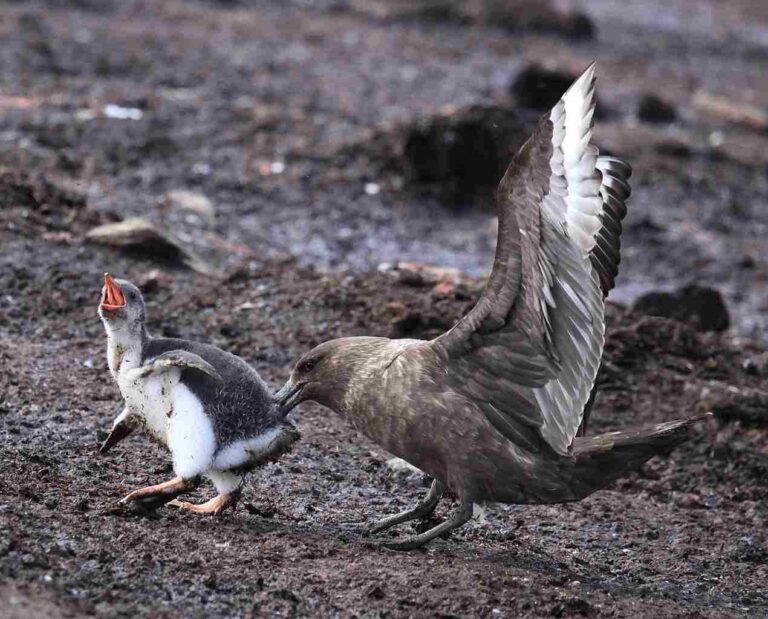Elephant Vs Bear Size, Weight, Ecological Comparison
When it comes to size and weight, elephants clearly exceed bears. Elephants are significantly larger, with adult elephants reaching heights of up to 13 feet at the shoulder, while bears are generally smaller, with the largest species reaching heights of around 10 feet. In terms of appearance, elephants have a unique trunk and large, floppy ears, while bears have a more compact body with a snout and round ears.
Key Outcomes
*Biological Comparison
The biological comparison between elephants and bears reveals interesting insights into their evolutionary relationships. While these two animals may seem vastly different, they do share some biological similarities.
In terms of taxonomy, elephants belong to the family Elephantidae and are classified under the genus Elephas or Loxodonta, depending on the species. Bears, on the other hand, belong to the family Ursidae and are classified under various genera, including Ursus and Tremarctos.
Despite their different classifications, a comparison of these animals reveals some commonalities. Both elephants and bears are mammals and belong to the order Carnivora. However, elephants are herbivores, while bears are omnivores.
*Size and Weight Comparison
Size and weight are important factors to consider when comparing elephants and bears. In terms of size, elephants are significantly larger than bears. The average height of an adult elephant can range from 8 to 13 feet at the shoulder, while bears typically stand between 3 to 7 feet tall. When it comes to weight, elephants also outweigh bears by a large margin.
Adult elephants can weigh anywhere from 5,000 to 14,000 pounds, whereas bears generally weigh between 200 to 1,500 pounds. This stark difference in size and weight highlights the immense physical presence of elephants compared to bears.
*Physical Capability Comparison
Elephants and bears possess different physical capabilities, which can determine their strength and ability to survive in their respective habitats. While elephants are indeed larger, heavier, and stronger than bears, it is important to consider other factors that contribute to physical capability. Bears, for example, are known for their agility and speed, which allows them to navigate various terrains and catch prey.
1). Taxonomy
Elephants and bears belong to different taxonomic families and genera. Elephants are classified under the family Elephantidae and the genus Elephas or Loxodonta, depending on the species. Bears, on the other hand, are part of the family Ursidae and the genus Ursus.
The taxonomic classification of these animals highlights their evolutionary divergence and distinct genetic lineages. Elephants are more closely related to other large mammals like mammoths and mastodons, while bears share a common ancestry with other carnivores such as dogs and raccoons.
When comparing the taxonomy of elephants and bears, it is evident that they occupy different branches on the evolutionary tree. This divergence in taxonomy is reflected in their physical characteristics, behavior, and ecological roles.
2). Appearance
Elephants and bears have distinct appearances that are adapted to their respective habitats and lifestyles. Starting with their coats, elephants have thick, wrinkled skin that is mostly hairless. Their skin is gray in color, which helps them blend in with their surroundings in the wild. On the other hand, bears have a dense fur coat that varies in color depending on the species and individual. This fur provides insulation and protection from the elements.
In terms of stature and build, elephants are known for their large size and robust build. They have a stocky body with a rounded shape and a prominent hump on their back. Bears, on the other hand, have a more compact and muscular build. They have a broad chest and powerful limbs, which enable them to be agile climbers and swimmers.
When comparing the appearance of these animals, it is clear that elephants and bears have distinct physical characteristics that are suited to their respective environments. Elephants’ gray, hairless skin helps them blend into their surroundings in open grasslands and forests, while bears’ fur provides insulation and camouflage in various habitats.
3). Size
When comparing the size of elephants and bears, it is evident that these animals differ significantly in their total body length and height at the shoulders. Elephants are known for their immense size, with the African elephant being the largest land animal on Earth. They can reach lengths of up to 25 feet and stand at a towering height of around 10 to 13 feet at the shoulders. In contrast, bears vary in size depending on the species. Grizzly bears, for example, can grow up to 6 to 7 feet in length and stand at a height of 3 to 4 feet at the shoulders.
The size difference between elephants and bears is primarily due to their distinct evolutionary adaptations and ecological roles. Elephants have evolved to be large herbivores, requiring a massive body size to support their dietary needs and navigate their vast habitats. Bears, on the other hand, have a more versatile diet and occupy a wider range of habitats, which allows for a smaller body size.
Elephants surpass bears in terms of size, with their towering stature and immense body length. This size difference is a result of their unique evolutionary adaptations and ecological requirements.
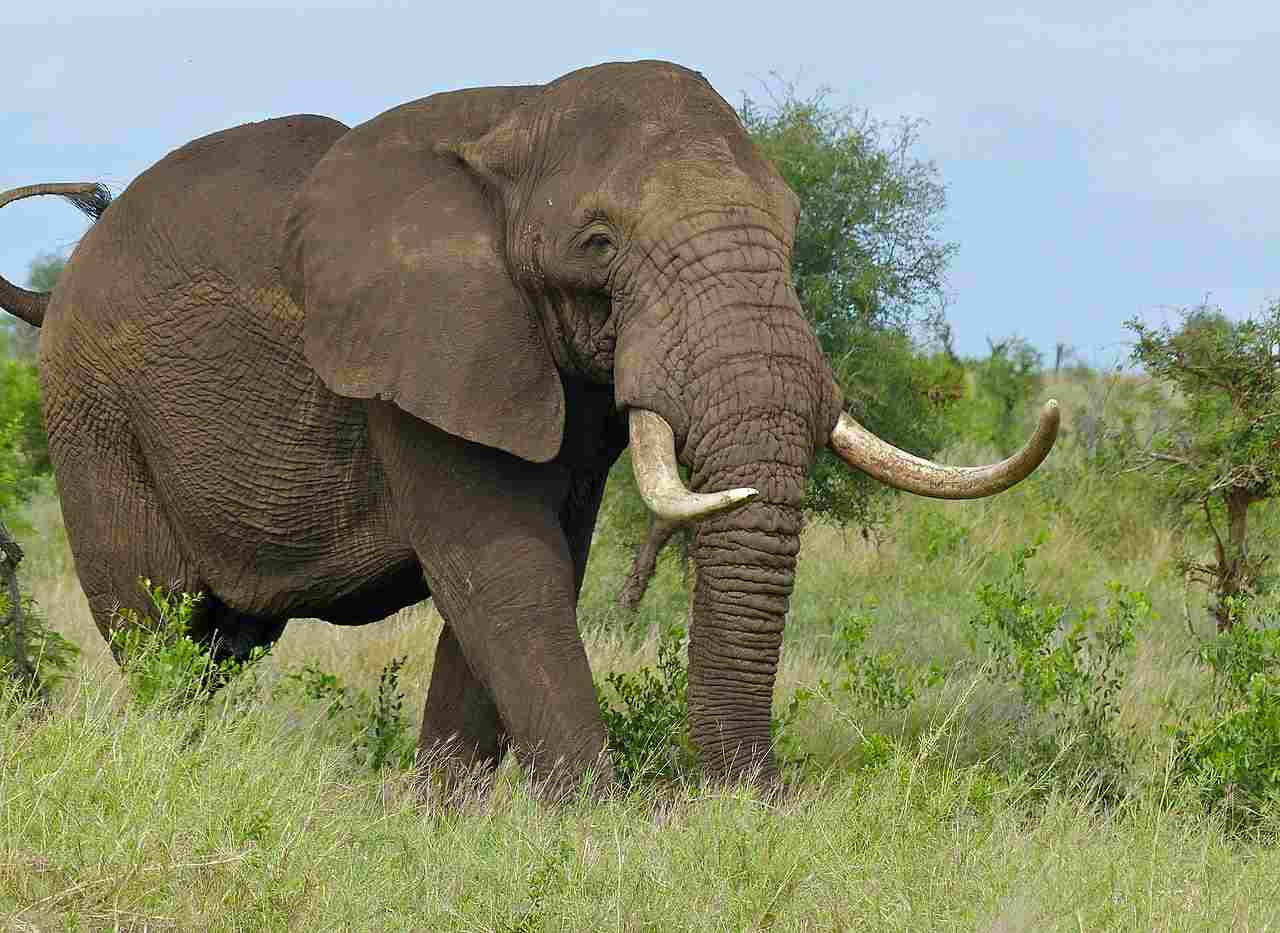
4). Weight
Elephants are known for their sheer size and weight, with the African elephant being the heaviest land animal on Earth. They can weigh up to a staggering 12,000 pounds or more. In contrast, bears vary in weight depending on the species. Grizzly bears, for example, can weigh between 600 to 1,500 pounds.
The weight disparity between elephants and bears is a result of their distinct evolutionary adaptations and ecological roles. Elephants require a massive body size and weight to support their herbivorous diet and navigate their vast habitats. Their weight also provides them with protection against predators. Bears, on the other hand, have a more versatile diet and occupy a wider range of habitats, which allows for a smaller body size and weight.
In terms of weight, elephants far surpass bears, with their massive size and immense weight. This weight difference is a direct reflection of their unique evolutionary adaptations and ecological needs.
5). Speed and Agility
When it comes to speed and agility, elephants and bears have distinct differences. Elephants are known for their impressive size and weight, which can hinder their speed and agility. They are not built for fast movements and are more adapted to a slow and steady pace. On the other hand, bears are surprisingly agile despite their bulkier appearance. They are capable of running at impressive speeds, especially when they are in pursuit of prey or when they need to escape danger.
The speed and agility of elephants and bears are influenced by their different ecological roles. Elephants, as herbivores, have adapted to a slower pace to efficiently navigate their vast habitats and find food. Their large bodies and heavy weight make it challenging for them to move quickly. Bears, on the other hand, have a more versatile diet and occupy a wider range of habitats. This has led to their ability to move swiftly and agilely, allowing them to hunt effectively and explore different environments.
6). Bite Force
When it comes to bite force, elephants and bears exhibit significant differences. The bite force of an elephant can reach up to 2,000 pounds per square inch (psi), making it one of the strongest among land animals. This immense bite force allows elephants to tear through vegetation, strip bark off trees, and even crush hard objects like coconuts.
In comparison, bears also possess a formidable bite force, although not as powerful as that of elephants. While specific measurements vary among bear species, their bite force is estimated to range from 600 to 1,200 psi. This enables bears to effectively capture and kill their prey, which often includes fish, small mammals, and even larger animals like deer.
The difference in bite force between elephants and bears can be attributed to their distinct ecological roles and dietary preferences. Elephants rely on their powerful jaws to consume large quantities of tough vegetation, necessitating a stronger bite force. Bears, on the other hand, have a more varied diet that includes both plant matter and animal protein, requiring a bite force that is sufficient for their hunting and feeding needs.
While both elephants and bears possess impressive bite forces, elephants surpass bears in terms of sheer power. Their ability to exert up to 2,000 psi allows them to consume a wide range of vegetation and overcome various physical challenges in their environment. Bears, although not as strong, still possess a formidable bite force that enables them to thrive in their respective habitats and secure their food sources.
7). Overall Physical Capacity (Which is Stronger?)
Generally, elephants are much stronger than bears, owing to their superior weight and size.
While elephants clearly have the advantage in terms of size and weight, with their massive bodies and ability to weigh several tons, bears compensate with their agility and speed. Bears are known for their quick movements and agility, allowing them to navigate various terrains and effectively pursue their prey. On the other hand, elephants, due to their size, may not possess the same level of agility as bears.
In a direct confrontation between an elephant and a bear, the outcome would depend on various factors such as the specific species of bear and elephant involved, the circumstances of the encounter, and the individual strengths and weaknesses of each animal.
The balance of physical capabilities between elephants and bears highlights the unique adaptations of each species to their respective environments. While the strength of an elephant allows it to dominate in certain situations, the agility of a bear gives it an advantage in others.
8). Habitat
Elephants are primarily found in tropical and subtropical regions of Africa and Asia. They inhabit a range of habitats, including savannas, grasslands, forests, and wetlands. These habitats provide the necessary resources for elephants, such as water, food, and shelter. Elephants are highly adaptable and can survive in diverse environments, from dense forests to open grasslands.
Bears, on the other hand, have a broader distribution and can be found in various habitats across the globe. They inhabit forests, mountains, tundra, and even arctic regions. Different bear species have specific habitat preferences. For example, polar bears are adapted to the icy Arctic environment, while grizzly bears thrive in forests and mountainous regions.
The contrasting habitats of elephants and bears reflect their different ecological requirements and adaptations. Elephants rely on the availability of water sources and vegetation, while bears require suitable habitats for foraging, denning, and hibernation. These habitat differences contribute to the distinct behaviors and lifestyles of these magnificent creatures.
9). Lifespan
When comparing the lifespan of elephants and bears, it is important to consider the different factors that influence their longevity. Elephants have an average lifespan of around 60 to 70 years in the wild, although some individuals have been known to live up to 80 years or more. This long lifespan can be attributed to their large size, slow rate of reproduction, and relatively low predation risk.
On the other hand, bears have a more variable lifespan depending on the species. For example, black bears typically live for about 20 to 25 years in the wild, while grizzly bears can live up to 25 to 30 years. Polar bears, which inhabit the harsh Arctic environment, have a slightly shorter lifespan of around 15 to 18 years.
The differences in lifespan between elephants and bears can be attributed to various factors, including their size, reproductive strategies, and ecological pressures. Elephants, being larger and slower to reproduce, have evolved to live longer lives. Bears, on the other hand, have shorter lifespans due to their smaller size and higher predation risk in some habitats.
While elephants have a significantly longer lifespan compared to bears, both species have adapted to their respective environments and have developed strategies to ensure their survival and reproductive success.
10). Behavior
When comparing the behavior of elephants and bears, several key aspects come into play. Both species exhibit distinct feeding behaviors, with elephants being herbivores and bears being omnivores. Elephants primarily feed on vegetation such as grasses, leaves, and bark, while bears have a more varied diet that includes plants, berries, insects, and even small mammals.
In terms of aggression, elephants are generally known for their peaceful nature, but they can become aggressive when provoked or when protecting their young. Bears, on the other hand, can display aggressive behavior when they feel threatened or when defending their territory or cubs.
Vocalization is another important aspect of behavior. Elephants communicate through a variety of vocalizations, including trumpeting, rumbling, and growling. Bears, on the other hand, are known for their vocalizations such as growls, roars, and huffs, which they use to communicate with other bears.
Social behavior also differs between the two species. Elephants are highly social animals, living in complex family groups led by a matriarch. They engage in cooperative behaviors and exhibit strong bonds within their groups. Bears, on the other hand, are generally solitary animals, although some species, like brown bears, may form temporary social groups during mating season or when food is abundant.
When it comes to parenting, elephants have a strong maternal instinct and exhibit cooperative care for their young. Bears, on the other hand, have a more independent parenting style, with mothers typically raising their cubs on their own.
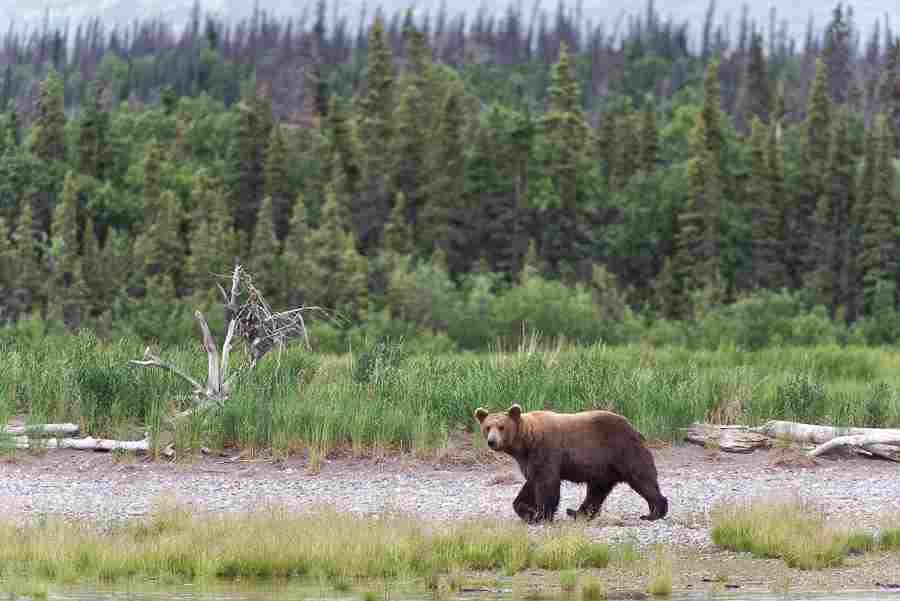
11). Reproduction
Elephants and bears have different reproductive strategies. Elephants are viviparous, meaning they give birth to live young. The gestation period for elephants is around 22 months, making it one of the longest among mammals. Female elephants typically give birth to a single calf, which is cared for by the mother and the rest of the herd.
Bears, on the other hand, are also viviparous, but their gestation period is much shorter compared to elephants. The gestation period for bears varies depending on the species, ranging from a few months to around 8 months. Female bears usually give birth to a litter of cubs, with the number of cubs ranging from one to four, depending on the species.
In terms of reproductive rate, elephants have a slower reproductive rate compared to bears. Elephants have longer interbirth intervals, with females typically giving birth every 4 to 5 years. Bears, on the other hand, have shorter interbirth intervals, with females capable of reproducing every 2 to 3 years.
When it comes to the care of their young, both elephants and bears exhibit maternal care. Female elephants invest a significant amount of time and energy in raising their calves, providing them with protection, guidance, and nourishment. Similarly, female bears are also dedicated mothers, nurturing and protecting their cubs until they are old enough to fend for themselves.
12). Danger Posed to Humans
Bears are much more dangerous than elephants due to their predatory and unpredictable behavior, as well as their speed, agility and aggression compared to elephants.
Elephants are generally not aggressive towards humans unless they feel threatened or provoked. However, there have been instances where elephants have come close to human settlements in search of food or water, leading to conflicts. These conflicts can result in property damage and, in rare cases, human casualties. It is important for humans to exercise caution and maintain a safe distance when encountering wild elephants.
Bears, on the other hand, can be more unpredictable in their behavior towards humans. While most bear species tend to avoid human contact, they can become aggressive if they feel threatened or if they perceive humans as a source of food. Human deaths caused by bears are relatively rare, but encounters can be dangerous if proper precautions are not taken.
If you encounter an elephant or a bear in the wild, it is important to remain calm and avoid any sudden movements. Backing away slowly and giving the animal space is usually the best course of action. It is also advisable to make yourself appear larger by raising your arms and speaking in a calm, assertive voice.
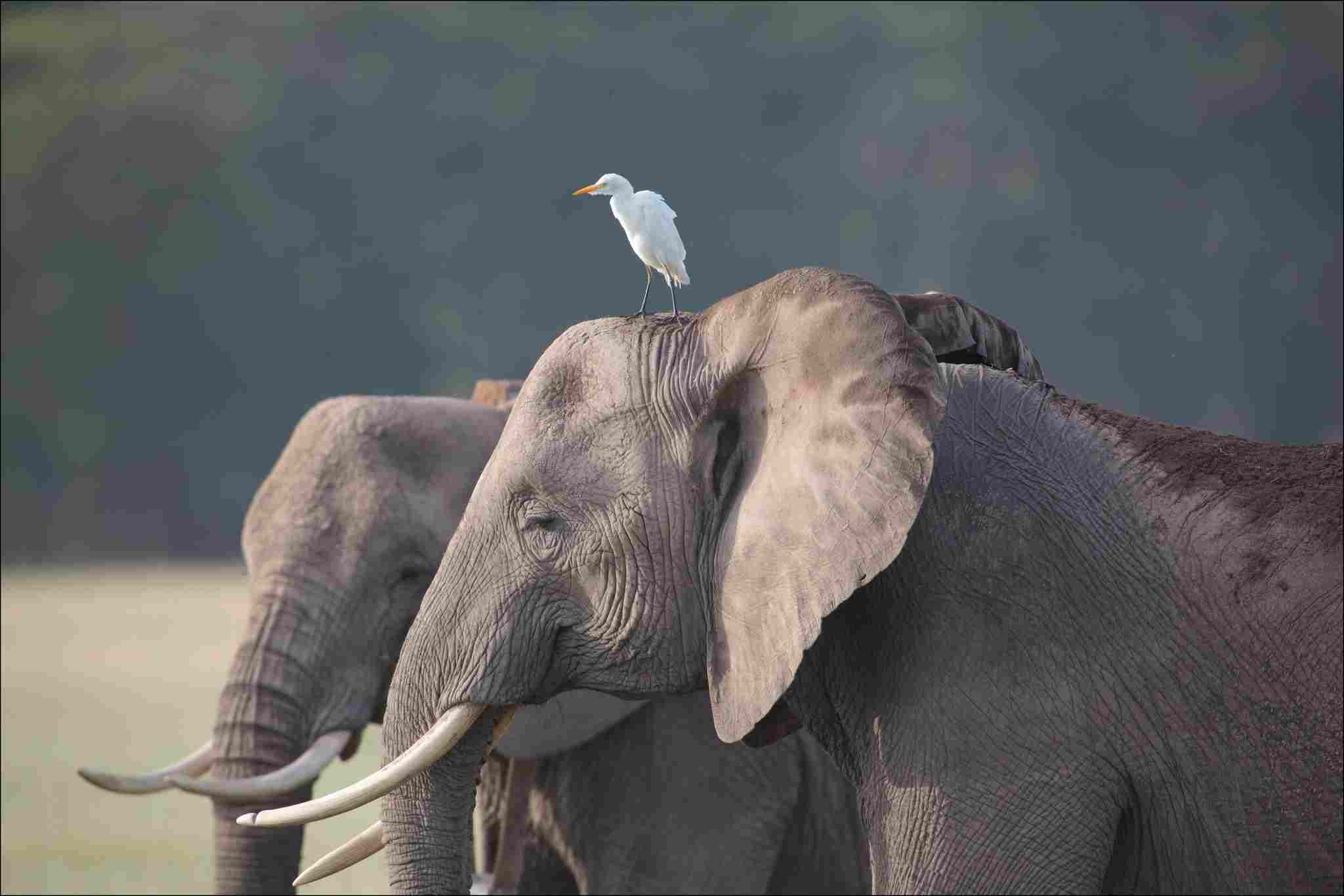
13). Conservation Status
The conservation status of elephants and bears varies, with elephants being classified as endangered or threatened, while bears have different conservation statuses depending on the species.
Elephants face numerous threats to their survival in the wild. Habitat loss and fragmentation due to human activities, such as deforestation and urbanization, are major concerns. Poaching for ivory also poses a significant threat, as the demand for elephant tusks continues to drive illegal hunting. Additionally, human-elephant conflicts, often resulting from competition for resources, can lead to negative impacts on elephant populations.
Bears, on the other hand, have different conservation statuses depending on the species. For example, the giant panda is classified as endangered due to habitat loss and fragmentation, as well as poaching. The polar bear is also listed as vulnerable due to the loss of sea ice habitat caused by climate change. Other bear species, such as the American black bear, have more stable populations and are not currently considered endangered.
The conservation efforts for both elephants and bears are crucial in ensuring their long-term survival. International organizations, governments, and local communities are working together to protect their habitats, enforce anti-poaching measures, and promote sustainable practices. Public awareness and education campaigns are also important in raising awareness about the threats these animals face and the need for conservation action.
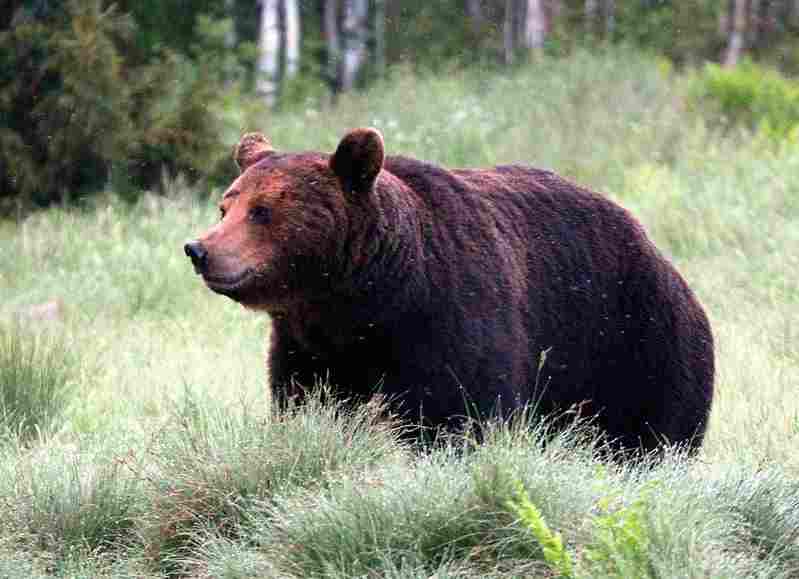
Conclusion
I). SIMILARITIES
When comparing elephants and bears, there are several similarities between these magnificent creatures. Both elephants and bears are large mammals that play important ecological roles in their respective habitats. They are both highly intelligent animals with complex social structures. Additionally, both species have been the subject of conservation efforts due to the threats they face in the wild.
II). DIFFERENCES
Despite their similarities, there are also notable differences between elephants and bears. One key difference is their physical appearance. Elephants have a distinctive trunk and large, floppy ears, while bears have a more compact body shape with a snout and round ears. In terms of size and weight, elephants are much larger and heavier than bears, with adult elephants weighing several tons, while bears typically weigh a few hundred pounds.
Another difference lies in their habitats. Elephants are primarily found in grasslands and forests of Africa and Asia, while bears inhabit a wide range of ecosystems, including forests, mountains, and tundra regions. Additionally, their diets differ, with elephants being herbivores and bears being omnivores.


